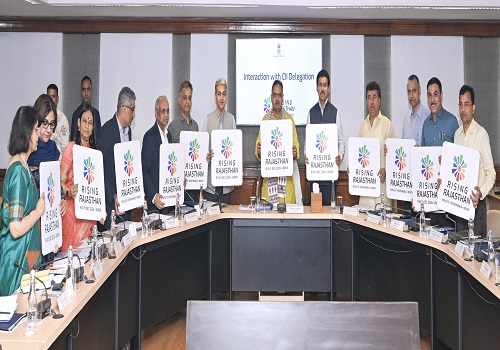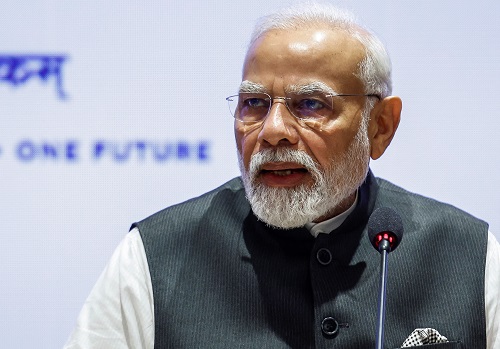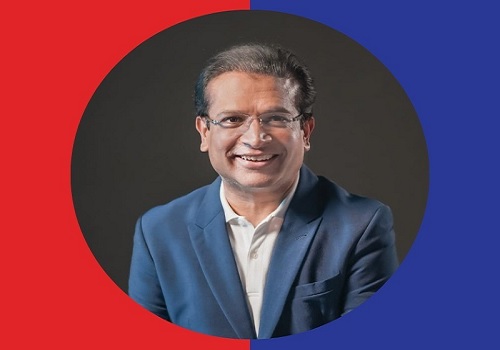Education, Digitization and Policy Reforms key to growing India`s MSME Sector - Experts say in webinar hosted by Infomerics Analytics & Research
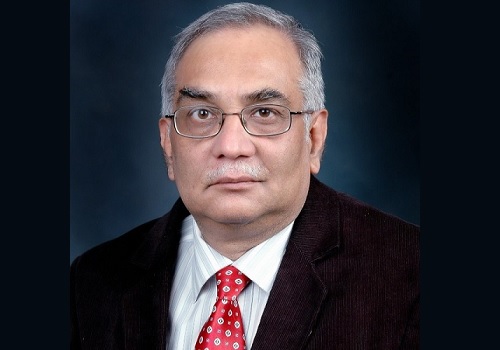
Infomerics Analytics & Research hosted a webinar titled "Empowering MSME Success: Insights & Strategies for MSME’s Unlocking Potential," in celebration of World MSME Day. The webinar brought together a distinguished panel of experts to discuss the growth and challenges of Micro, Small, and Medium Enterprises (MSMEs), offering actionable strategies for their growth and highlighting the support ecosystem necessary for MSMEs to thrive.
The webinar hosted by Mr. Mohit Rana, Chief Executive Officer - Infomerics Analytics and moderated by Mr. K S Nagabhushan, Director - Infomerics Analytics included eminent speakers like Mr. K J Srikanth, Chief General Manager - Canara Bank, Mr. S P Singh, Chief General Manager - SIDBI, Dr. Manoranjan Sharma, Chief Economist - Infomerics Ratings, Mr. Manasvi Goel, Director - Credlix, and Mr. Priyesh Ranjan, Senior Director & Country Head - Stenn. The webinar was attended by over 150 stakeholders from the MSME and BFSI sector.
MSMEs, by the very nature of their business, account for 90% of business, 60% to 70% of employment and 50% of GDP globally wherein countries like Indonesia, Nigeria, USA, Bangladesh, Brazil, Japan, Mexico, Italy and Egypt have the greatest number of MSMEs globally. However, India, with 63 million MSMEs leads the pack with Indonesia a close second.
Webinar started with the welcome address by Shri Mohit Rana – CEO, Infomerics Analytics .
He welcomed all guest speakers and other participants to the Webinar and informed about the purpose of this Webinar conducted on the occasion of World MSME Day. He introduced all the guest speakers and informed that the speakers are Industry leaders and experts, who would share their knowledge and experience in the field of MSME, for the benefit of our clients. He shared his thoughts why MSME sector is important and what role they are playing in the economy. He also informed that participants can get their doubts clarified from the panel of experts at the end of the session.
Mr. Mohit Rana, Chief Executive Officer – Infomerics Analytics initiated the discussion starting with the insights on MSME’s and has narrated the way MSME growth from scratch to the present level. He narrated how the MSME units have struggled hard to establish themselves. He shared that MSMEs contribute to 30% of India’s GDP, 40% of India’s exports, and as of August 2023 employ 12.40 crore people in India. The Government of India, going forward, has laid out an ambitious plan of adding another 5-crore people in the MSME sector by 2025 Government has initiated lot of measures to upbringing of MSME sector by way of cheaper loan, easy establishments, subsidies, marketing of their products etc. In India over 99% of MSMEs are micro and small enterprises off-which 51% are in rural areas and 49% are in urban areas. So, irrespective of the criteria or benchmarks adopted, MSMEs form an important driver of the Indian economy and there is humongous potential for innovation, growth, and modernization. In the post economic reforms period, the growth of MSMEs, in terms of all parameters like income, output and employment, have outperformed large industries.
Dr. Manoranjan Sharma, Chief Economist, Infomerics Ratings speaking in the webinar said, “The Indian Government has taken several pioneering steps, implemented a number of innovative initiatives, including the CGTMSE Scheme however, there is fair way still to traverse. The issues faced by MSMEs are of great concern and need to be addressed effectively, in a coordinated and concerted manner, with a sense of urgency to address the challenges of today and the expectations of the future.”
Dr. Sharma further added, “The unfortunate and disconcerting aspect of the MSME growth saga in India is that over the years they continue to face problems relating to marketing, credit, technology and infrastructure. Some of the basic issues of credit faced by MSMEs include cost of credit, adequacy of credit, issues of collaterals, etc. continue to make things difficult. Despite all the development in the Banking and Financial sector in Indian over the last few decades, about 80% of financing needs of MSMEs are still met by friends and relatives. Going forward, we must move from collateral-based lending to cash-flow based lending process; innovative financing is a must.”
Mr. Priyesh Rajan, Senior Director & Country Head, Stenn speaking about the Challenges faced by the MSMEs said, “In India right now is that there is a consistent move towards digitalization and as the second generation of the family comes into the business, they try to involve technology as much as possible in every aspect of business. However, despite there being 64 million SMEs in India, only 7.7 million i.e. just about 12%, have matured digitally. If one looks at the credit demand of these 64 million SMEs, the unmet or unserved demand in India is over USD 200 billion across e-commerce, food, travel, edtech, various categories that these SMEs operate in.”
Mr. Ranjan further said, “So, while this USD 2 Bn opportunity in the growth path of SMEs but is also an opportunity for technology companies, banks, private sector, public sector and other stakeholders to come together and to solve the credit issues being aced by SMEs which can be solved, at scale, by using technology which many banks are doing.”
Mr. K J Srikanth, Chief General Manager, Canara Bank speaking about the various initiatives of the Indian Government for MSMEs said, “The MSME sector is an important sector that has been long ignored in India especially in the manufacturing side. The MSME sector is an important aspect in progress and has to give a lot of employment as well as export opportunities to help India grow. Only if MSME grows, will the country grow. The Government took a lot of initiatives which started with the nationalization of Banks and priority sectors were identified and MSMEs was one of the sectors identified as a sector for priority lending. Within this, microenterprises also got priority and there was a sub target given within MSMEs to be achieved by all the commercial banks.”
Mr. Srikant further said, “One of the key issues faced by the sector is the lack of basic knowledge and understanding among borrowers about the expectations of a Bank when they seek credit from the Bank. It is critical that all stakeholders come together and conduct a financial literacy programme for MSME enterprises to acquaint them with the understanding of what exactly they need to provide to the bank to get financial assistance for their units. The lack of this knowledge is a challenge for enterprises, banks and other financial institutions as well.”
A paradigm shift is needed if the MSME sector has to improve to be able to cater to the financial requirement of MSMEs. This includes reforms from the regulatory side, some from the bank policy side required and the knowledge gap between enterprises and lenders needs to be filled for taking India to next level. Another critical challenge faced by MSMEs is collateral security and the third-party guarantee that has been addressed through CGTMSE scheme, presently available up to Rs. 5 crores and there are plans to increase this.
Mr. S P Singh, Chief General Manager, SIDBI speaking about the Way forward for advancement of MSME in next 5 years said, “The MSMEs in India have faced numerous hurdles since their inception, including the unavailability of credit and other related issues. One significant observation we have had is that there is a significant credit gap, either in the need or in the demand. Our experience shows that if any business is given the amount of money he demands, he is certain to fail. Therefore, the credit should be rational and need-based; it should be a demand of the credit not the desire of a credit.”
Mr. Singh further added, “The challenge for MSMEs, as of now, is that at this point in time they need to concentrate on their factor productivities which will provide them an edge in the global and domestic markets. We have seen a few MSMEs that may not have been viable but there are certain systemic shortcomings. They are turning a profit in the balance sheet thanks to the cash transactions, etc. However, their balance sheets, if analysed properly, show operating losses. MSMEs need to understand that each and every cost factor has to be taken into consideration while pricing a product. This is critical for MSMEs to realise going forward because with more liberalization and changing global geo-political situations will keep on shifting the opportunities from one place to another and MSMEs need to be prepared for this if they want to capture a bigger market.”
The Government, to digitize the lending process, launched the JanSamarth Portal where all MSME proposals can be submitted through the portal and banks will take a decision basis on the information submitted by them. This portal is also monitored and helps bring transparency for the borrower and the lender. The PM Vishwakarma scheme has also been introduced though it is yet to take ground, but it is a good initiative that this is a very good scheme, especially for skilled people. The Government introduced a Trade Finance scheme a few years back which involved financing invoices through the online platform. However, a lot more initiatives are required, and digitization is going to be the way forward.
The contribution of MSMEs for a growing economy like India is one that everyone counts on because they are the most agile. MSME sector has the flexibility to adopt new technologies, adopt the newer trends and grow at a fast speed so that the entire economy can grow along with their growth. And the biggest challenge is the credit gap and technology adoption.
Mr. Manasvi Goel, Director, Credlix speaking about the Innovative Technology & Strategies adopted for MSMEs said, “The e-invoice initiative driven by the Government of India has helped lenders decide on extending credit to MSME players after analyzing their cash flows and purchases, viability of the business, the return that it can generate from the capital that is provided. The entire lending process will move to this instead of the traditional way of underwriting basis on the hard collateral or the value of equipment that an MSME can provide as collateral for availing credit.
Mr. Goel further added, “This metric is powerful for some of those sectors which are sunrise sectors for Indian economy, particularly solar, renewable energy, semiconductors and e-commerce for that matter. These sectors are largely dependent on new age MSMEs, through their exports or through innovative products within Indian geography. The facility of GIFT city entity also allows lenders to help MSMEs from an export perspective and make them an integrated part of the global supply chain.”
According to a recent Asian Development Bank report, the trade financing gap for the global trade is standing at USD 2.5 trillion which is almost 10% of global trade. And it has grown by 47% from USD 1.7 trillion in 2020 which is a significant rise, and such trade gaps primarily impact the MSME sector. MSMEs, using the combination of technology and business processes, can easily avail a lot more flexible options from a supply chain financing perspective for their domestic or export trade which will be very significant for India's growth story.
The entire panel of esteemed speakers unanimously agreed that if key aspects like closing the credit gap, digitization of MSMEs, educating MSMEs in the credit processes along with reforms on the regulatory and policy front are taken care of, then the Indian MSMEs have a great future going forward. With the kind of geopolitical shifts taking place and the opportunities they present, India is definitely well poised to take complete advantage and further consolidate its MSME Sector on the global map.
Webinar concluded with vote of thanks by Shri Mohit Rana. He thanked all the speakers, participants and internal team who contributed to the success of this Webinar.
Above views are of the author and not of the website kindly read disclaimer
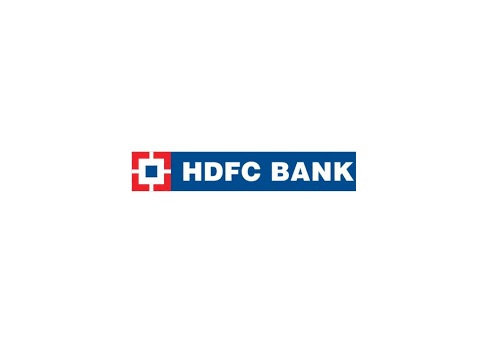



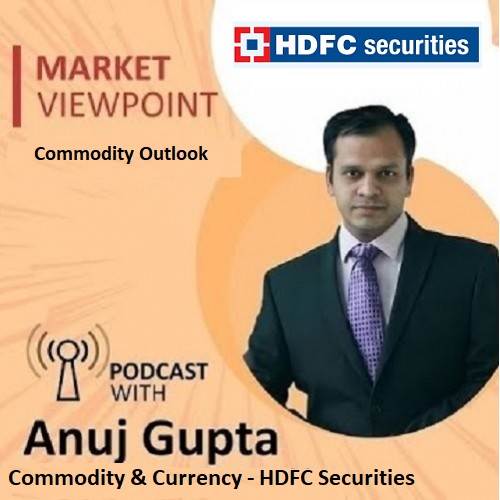
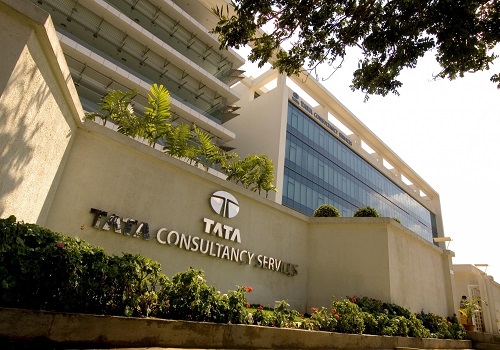








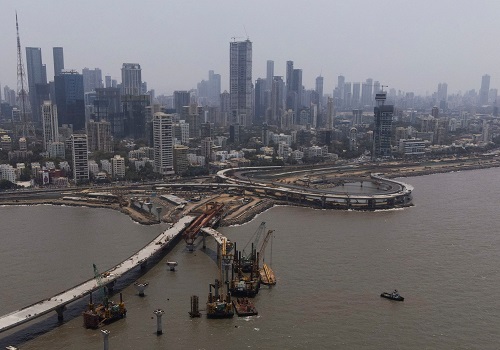


.jpg)
